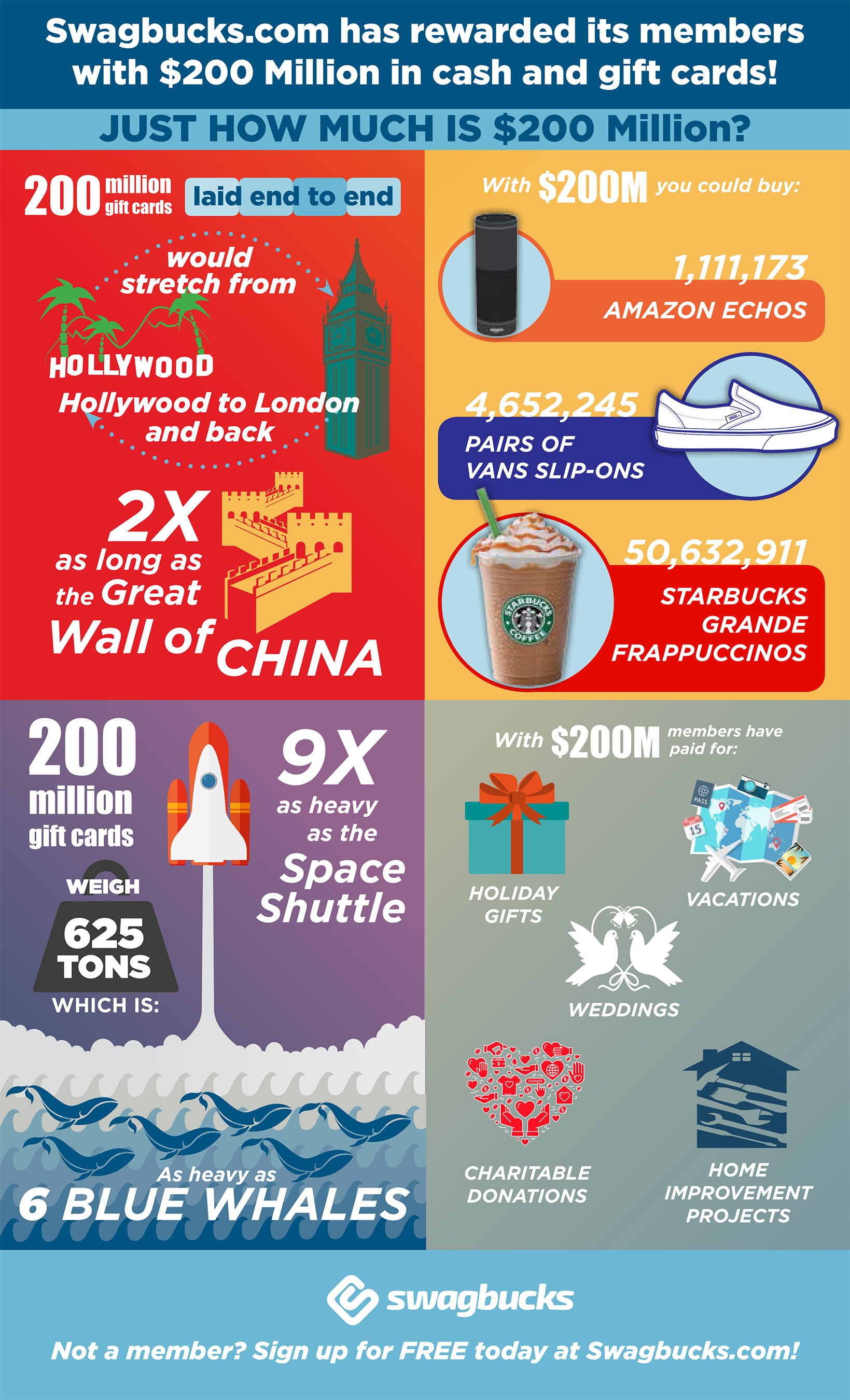Although they may seem similar, engraving and etching vary in their approaches and end results. Recognizing these procedures is very important for any type of business seeking to personalize glass products.
Laser engraving usages focused heat to melt the micro surface area of your product, developing recessed markings that stand up to damages and can be read under extreme conditions. It's optimal for points that require to be deducible, like commercial components.
Aesthetics
Etching and engraving both produce resilient, responsive styles that stick out on the glass surface area. They are excellent for tasks that call for a refined, elegant appearance.
Laser etching can be used to engrave glass, however it needs a protective finishing or guard to avoid warm damages to the glass. A specialized spray or finish is readily available for this objective and can be related to slim glass to minimize splitting or damages throughout the etching procedure.
It's likewise possible to etch glass by hand utilizing a rotary tool. This method is time-consuming and labor-intensive, however it can produce top quality results when carried out correctly. Be sure to wear safety gear like goggles and a respirator mask to shield on your own from dirt and particles. You can begin by drawing your style on the glass with a marker, then insert the rotary tool and gradually follow your layout to engrave it right into the glass. After the engraving is complete, gently wash away any continuing to be dirt or deposit.
Adaptability
The etching process offers a wide variety of applications for glass products. It is highly functional and can be made use of on various materials and thicknesses of glass. It is also really specific and creates in-depth, high-contrast styles on the glass surface. It can be made use of on both level and rounded surfaces.
Glass engraving is a preferred selection for glass items like wine bottles, architectural dividings, and health facility style. It creates a soft and subtle design that is not as recognizable as etching, making it a superb choice for ambient aesthetic appeals.
To decrease heat stress and anxiety on slim glass, apply a protective product like concealing tape or a wet paper towel to the surface area prior to laser engraving. This absorbs and spreads laser power to decrease local home heating and avoid cracking. Conversely, finish the glass with a moderate detergent or dishwashing soap can additionally be an efficient pre-coating. Just bear in mind to cover just the laser-contacting face of the glass with these moisture-absorbing pre-treatments.
Resilience
Laser glass inscription produces deep, long-term markings that are durable and aesthetically striking. It's suitable for creative or light commercial objectives that need a polished appearance. Engraving calls for exact and controlled handling of the glass to stop warm damage and splitting. Thin or fragile glass can be a lot more vulnerable to the high-contrast results of laser engraving, making it vital to keep an eye on the process very closely for indications of overheating and splitting.
Etching makes use of a diamond-tipped tool to cut into the surface area of the glass, producing a distinctive mark that's much less visually striking than laser etching. It's a typical choice for applications where a frozen effect is favored, such as ornamental glass home windows and personalized presents. Like laser engraving, etching is very precise and ideal for logo designs and other in-depth imagery. Evergreen Glass utilizes advanced laser equipment Mother's Day engraved vase calibrated for optimum efficiency to achieve etching and engraving with extraordinary accuracy. For included satisfaction, our machines include integrated security attributes that guarantee secure operation.
Price
Glass etching involves making use of chemical solutions to produce a design. While this method is not as specific and effective as laser etching, it is still a superb choice for artisanal glasswork, which can be an excellent way to raise an unique event present or commemorative piece.
For the very best results, it is very important to test a sample item of glass before applying any kind of etching creams. Various sorts of glass may respond in different ways to the chemicals. Some will engrave really rapidly while others could take much longer. Sometimes, an item of glass may even fall short to etch whatsoever!
Laser inscribing involves using a computer-guided system, frequently referred to as a CNC (Computer Numerical Control) maker, to route a focused laser beam of light at the surface area of the glass. This process needs a top-level of technological skill and imagination. It is a reliable way to etch complex patterns on large projects with high levels of accuracy.
